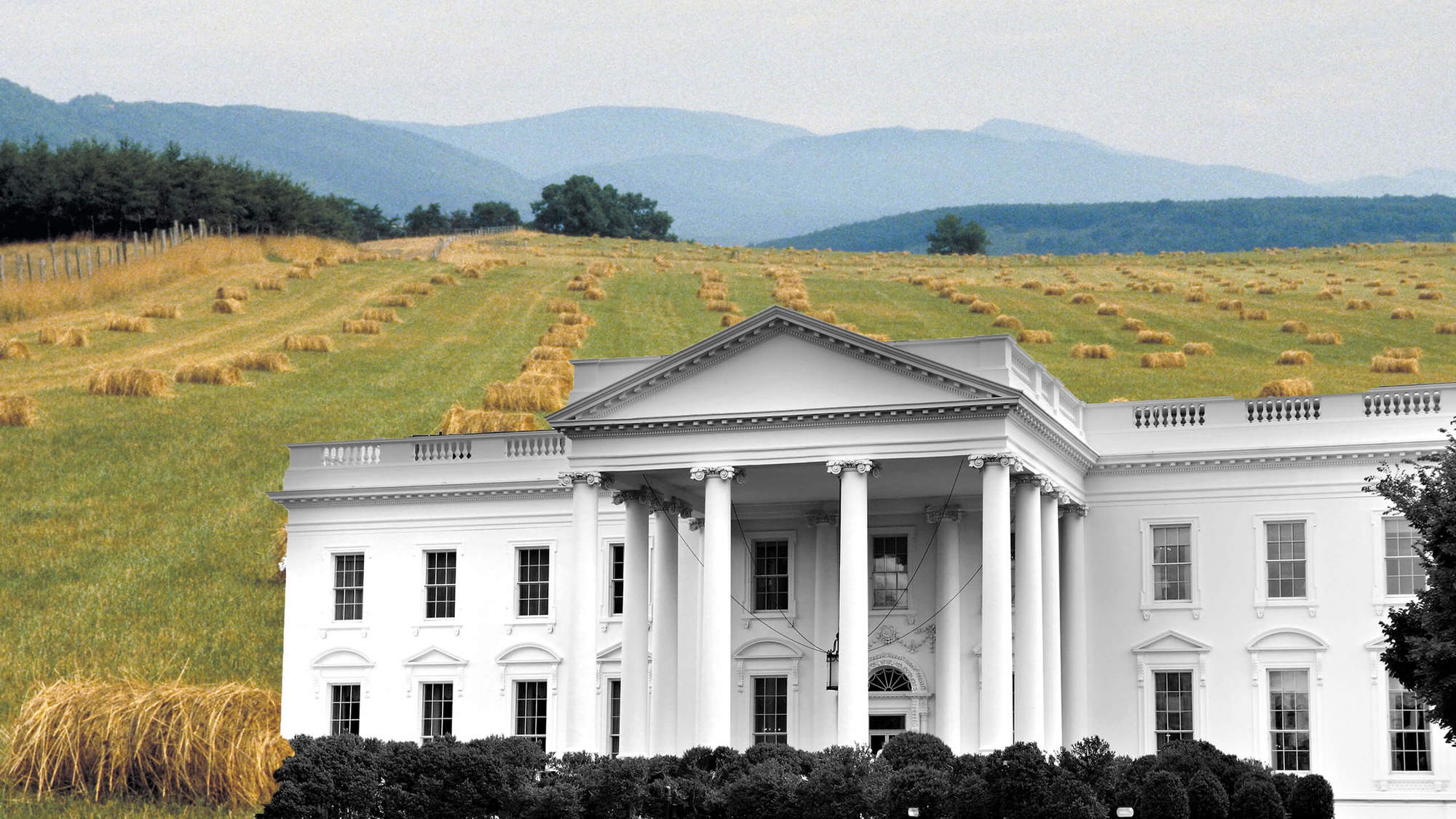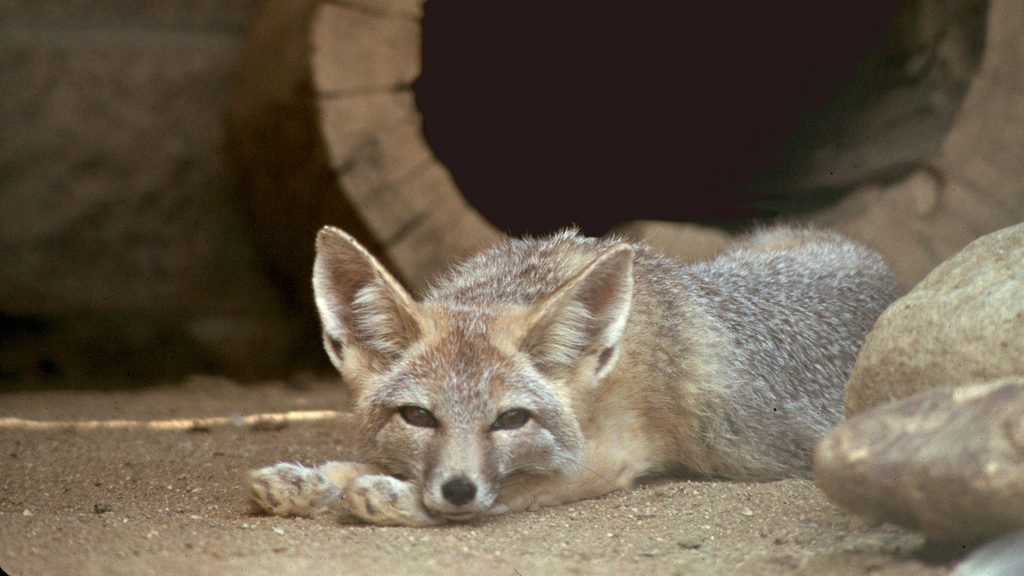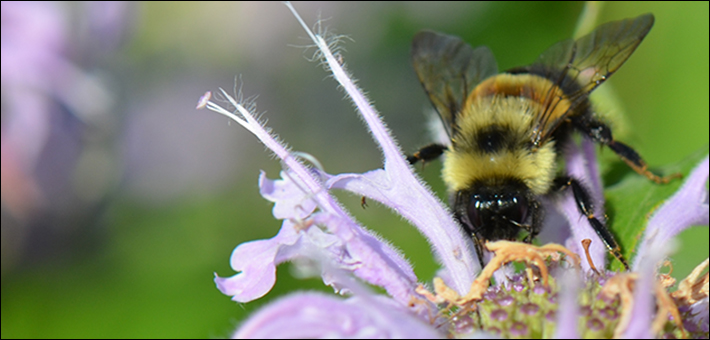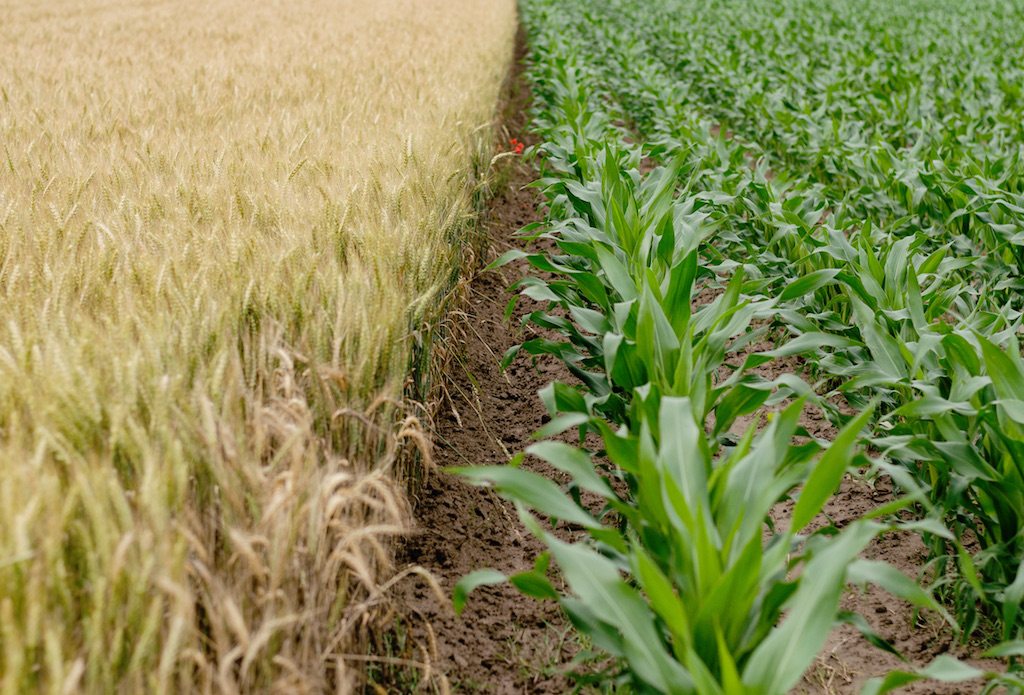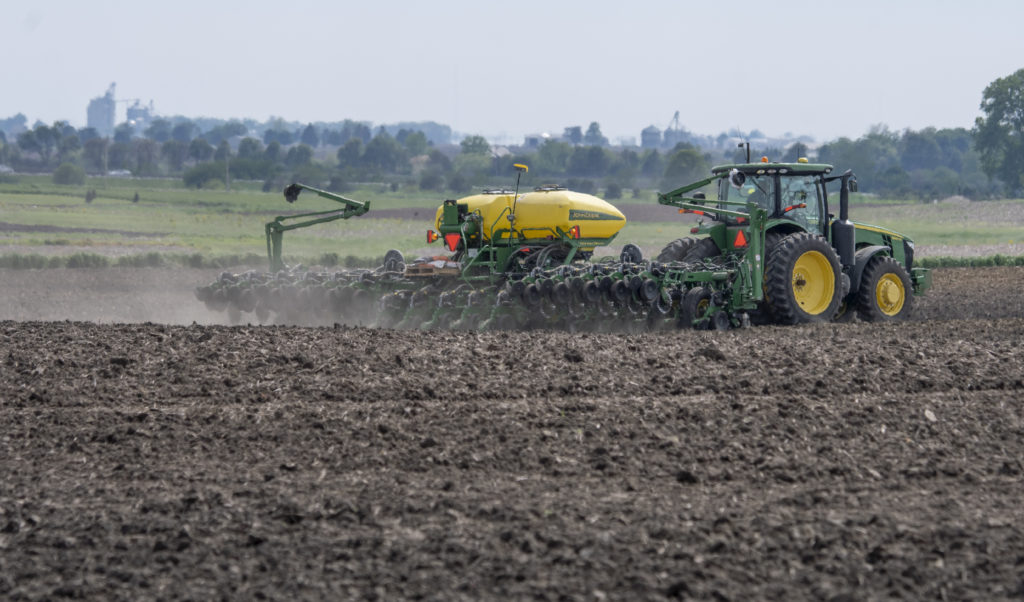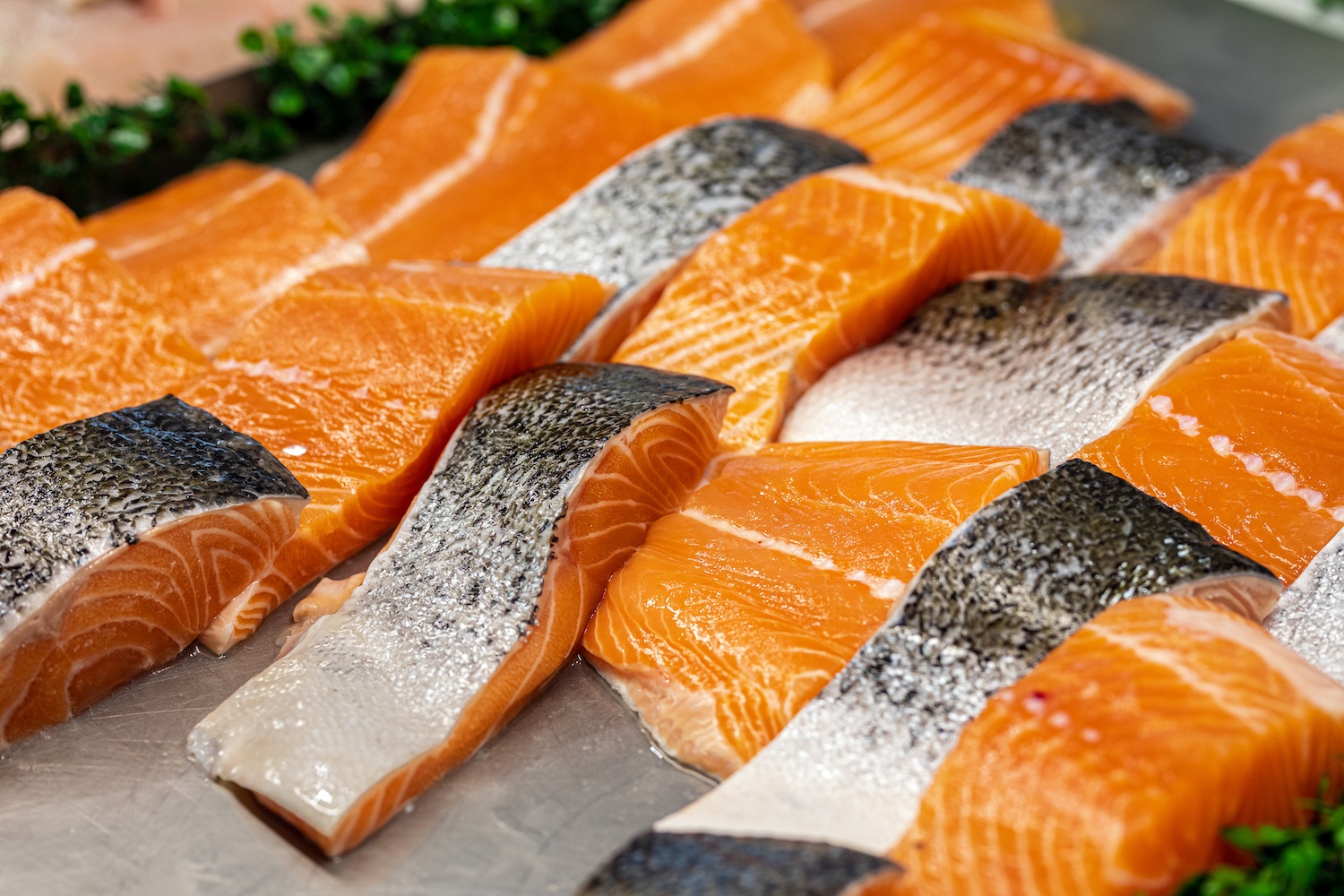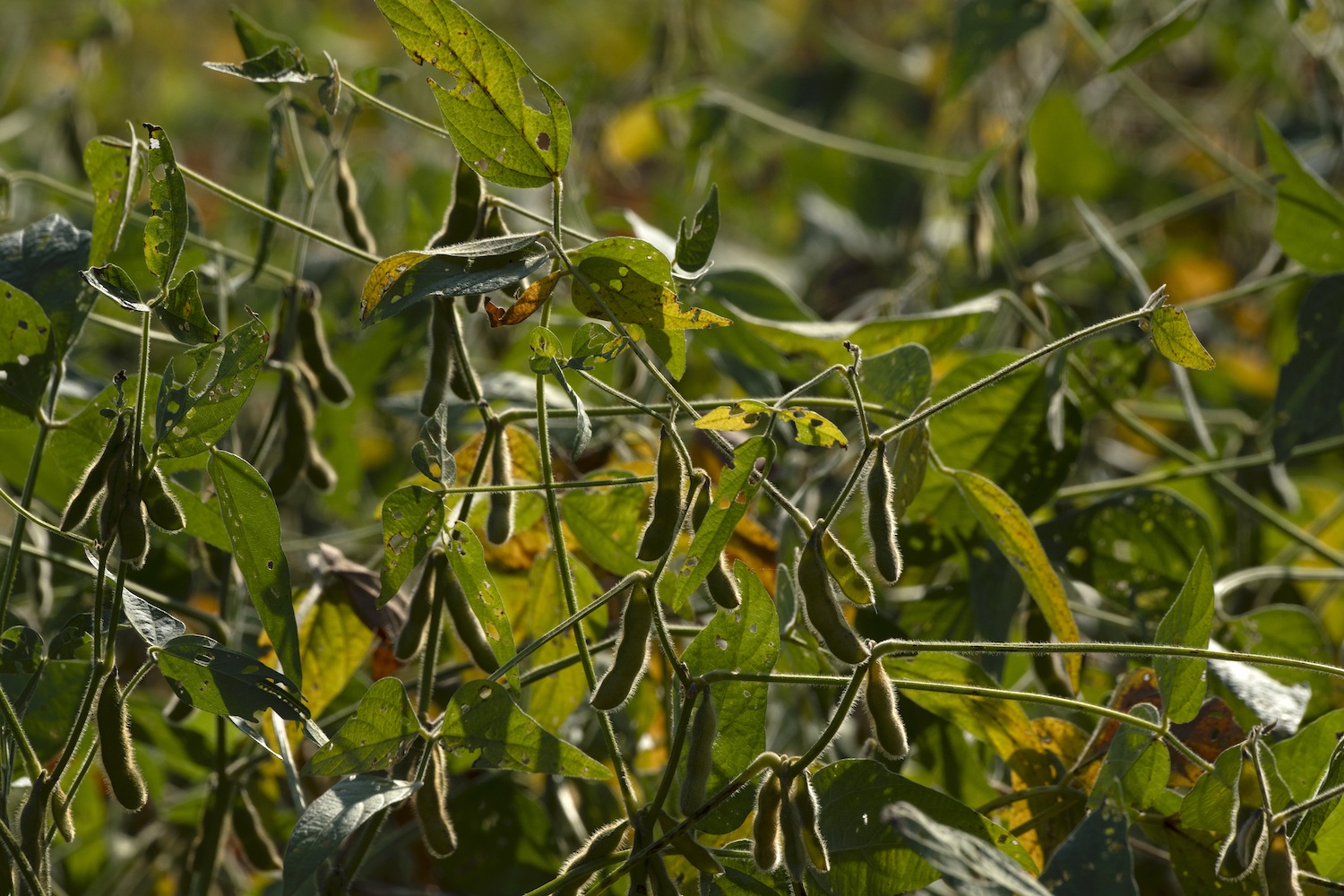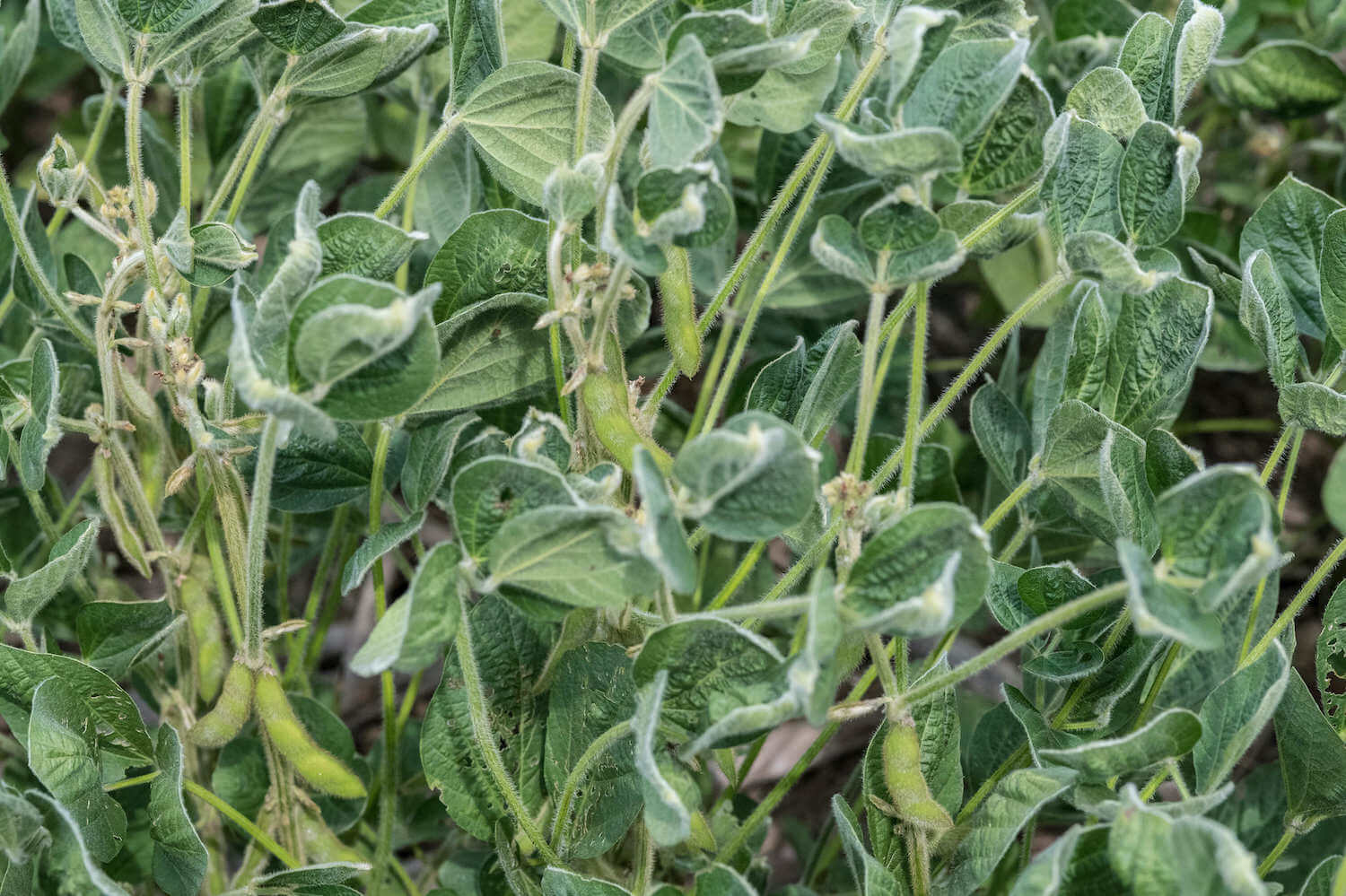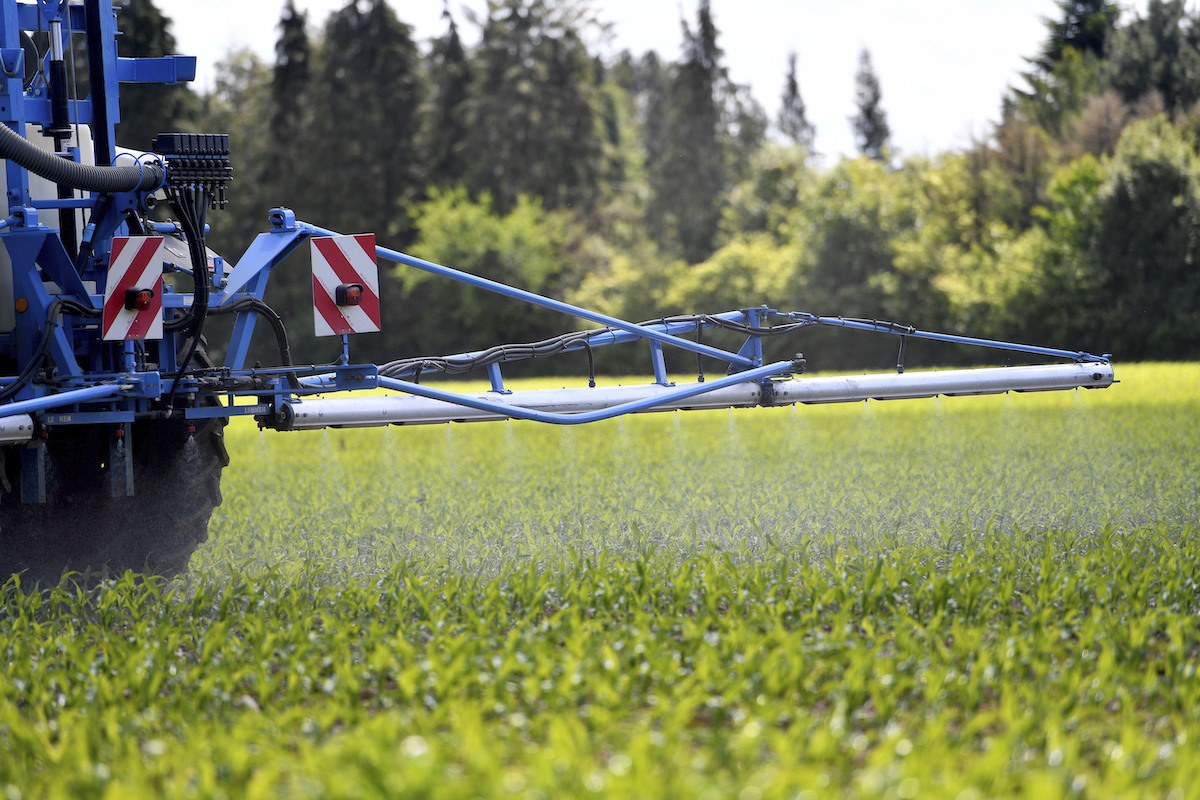
Frank Hoermann/SVEN SIMON/picture-alliance/dpa/AP Images
Another task for Biden’s first 100 days—whether to rein in the controversial herbicide.
Over 93 percent of endangered species and 96 percent of their habitats are likely to be harmed by glyphosate, the ubiquitous and controversial herbicide, the Environmental Protection Agency (EPA) reported in a draft evaluation released last week.
The evaluation was conducted as part of a registration review—the agency’s routine process for renewing herbicides, pesticides, and other chemicals for use in the United States every 15 years. An interim decision, released in January, paved the way for the chemical’s renewal, which EPA said was safe to humans if used correctly. But the agency must now assess the herbicide’s impact on nearly 1,800 protected plants and animals, pursuant to the Endangered Species Act (ESA). This law prohibits federal agencies from engaging in actions likely to “jeopardize the continued existence” of threatened or endangered species.
The initial findings are now open for 60 days of public review, after which the EPA will decide how to limit the use of the pesticide, in order to protect those plants and animals. Because of that timing, a decision to rein in the most popular farm chemical in the history of the world could be among President-elect Biden’s first environmental actions. After years in which the Trump administration rolled back regulations on pesticides, and shrank the number of animals protected under the ESA, it could signal that a chastened EPA—reportedly in revolt—is coming back to life.
“This is indeed interesting and out of character. Perhaps this is a rare moment that science was followed.”
“This is indeed interesting and out of character,” said Judith Enck, a former EPA regional administrator appointed by President Obama, in an email to The Counter. “Perhaps this is a rare moment [that] science was followed.”
The impacts on endangered species are the latest finding in the long, controversial life of glyphosate. The chemical is used widely on farm fields—about 280 million pounds applied every year to soybeans, corn, cotton, and other crops, according to EPA. It’s also used heavily to control weeds in watersheds, pastures, forests, and roadsides.
For the last two years, glyphosate has been at the center of thousands of lawsuits brought against Bayer, the pharmaceutical giant that took over Monsanto. Bayer produces Roundup, the weedkiller’s most popular brand name. Juries have awarded billions of dollars in damages to plaintiffs in court cases who claimed that glyphosate caused their cancers. In June, Bayer agreed to pay $10.5 billion to settle the remaining cases.
Farmers continue to use the weedkiller at soaring levels, despite mounting evidence that overuse is causing it to become ineffective.
The question of how dangerous it is to human health remains unsettled. As part of its interim review, the EPA found that glyphosate is not likely to be carcinogenic to humans, but the International Agency for Research on Cancer, part of the World Health Organization, has concluded it probably is. The Centers for Disease Control and Prevention has also called for more research on the chemical’s effect on humans. Nevertheless, farmers continue to use the weedkiller at soaring levels, despite mounting evidence that overuse is causing it to become ineffective.
“We are reviewing the EPA’s draft biological evaluation for glyphosate. The safety of our products is our top priority, and we will continue to participate in this public process,” a Bayer spokesperson said to The Counter in a statement. “In the meantime, the EPA’s current determination—that glyphosate products pose no unreasonable risks when used according to label requirements—still stands, and growers and others can continue to use glyphosate products according to current label instructions.”
In its report, EPA found that glyphosate, which affects non-farm environments predominantly through field runoff and spray drift, is “moderately to highly toxic to fish, highly to very highly toxic to aquatic invertebrates, moderately toxic to mammals, and slightly toxic to birds on an acute exposure basis.” Chronic exposure causes “a variety of growth and reproductive effects” to land and aquatic animals as well as plants.
“The goal and the purpose here is not a glyphosate ban. It’s to change the labels of glyphosate so that it’s not used in a way that jeopardizes the continued existence of endangered species.”
Overall, it’s “likely to adversely impact” 75 endangered species of mammals, 88 endangered bird species, 36 endangered amphibian species, 33 endangered reptile species, 179 endagngered fish species, 185 endangered aquatic invertebrates, 140 endangered terrestrial invertebrates, and 940 endangered plant species.
After EPA analyzes the comments, it may consult with two federal agencies—the US Fish and Wildlife Service and the National Marine Fisheries Service, known as NOAA Fisheries—to prepare reports that would inform steps to minimize impacts. Those steps would likely take the form of restrictions, visible on labels, to limit where and when glyphosate is used. Glyphosate could, theoretically, be banned during high winds, restricted from hundred-foot buffers near water, or in some counties with sensitive habitats.
Depending on the severity of the restrictions, they could be challenged by industry, just as restrictions on dicamba and chlorpyrifos have, said Lori Ann Burd, senior attorney and environmental health program director at the Center for Biological Diversity, an environmental group that sued EPA to force the ESA review.
“The goal and the purpose here is not a glyphosate ban. It’s to change the labels of glyphosate so that it’s not used in a way that jeopardizes the continued existence of endangered species,” said Burd. “It probably will lead to real reductions in use, and it will lead to more thoughtful use, because right now glyphosate is just sprayed in wild amounts.”
Correction: An earlier version of this story suggested glyphosate might be used for lawn maintenance. This reference has been removed, as the herbicide would kill virtually any common grass.

